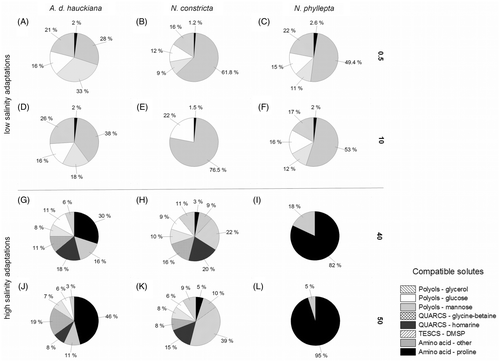Figures & data
Fig. 1. A–L. Protein concentrations (left y-axes) and specific growth rates (μ, right y-axes) of Achnanthes delicatula subsp. hauckiana, Nitzschia constricta and Navicula phyllepta, obtained from short (1, 3, 10, 60 min) and long (30-day) experiments, including means ± SD (n = 3). The following salinities were tested: A–C: 0.5, D–F: 10, G–I: 20, J–L: 30. M–O: 40, P–R: 50. The x-axes are broken after 60 min.
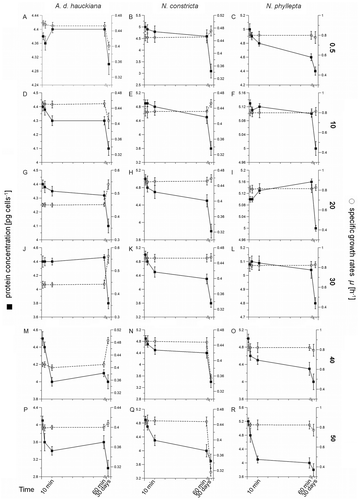
Fig. 2. Main amino acid compositions (means ± SD, n = 3) of Achnanthes delicatula subsp. hauckiana (A), Nitzschia constricta (B) and Navicula phyllepta (C) at the beginning of the experiments (t = 0), obtained by a colorimetric method (*) and HPLC. The amino acids collectively designated as ‘other’ are those suggested to be insignificant for salinity adaptation.
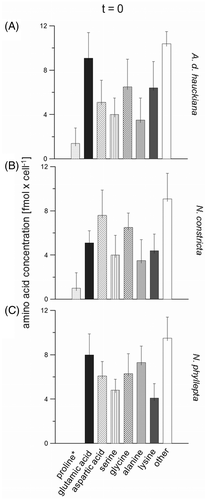
Fig. 3. Relative amino acid concentrations of Achnanthes delicatula subsp. hauckiana, Nitzschia constricta and Navicula phyllepta after 1 min (A–C), 3 min (D–F), 10 min (G–I), 60 min (J–L), and finally, 30 days’ salinity exposure (M–O), obtained by a colorimetric method (*) and HPLC. Values are expressed as per cent of total free amino acids detected.
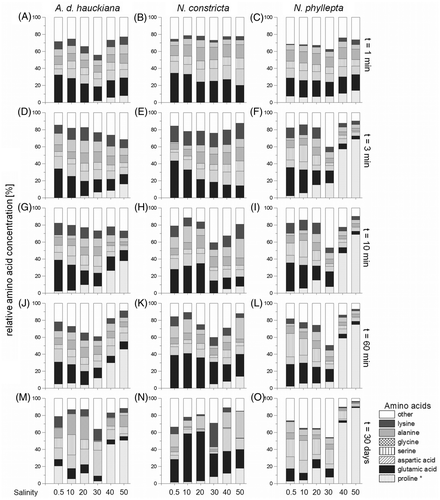
Fig. 4. Specific activities of P5CS (A–C), P5CR (G–I) and δ-OAT (J–L) in assays of Achnanthes delicatula subsp. hauckiana, Nitzschia constricta and Navicula phyllepta. Data (means ± SD, n = 3) were obtained after 3, 10 and 60 min salinity exposure to six salinities.
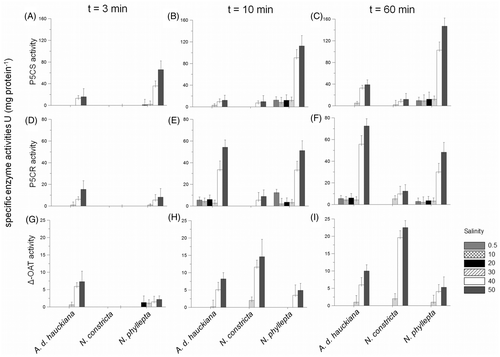
Fig. 5. Relative composition of compatible solutes in Achnanthes delicatula subsp. hauckiana, Nitzschia constricta and Navicula phyllepta after 60 min exposure to salinities of 0.5 (A–C), 10 (D–E), 40 (G–I) and 50 (J–L). Values are expressed as per cent of total compatible solutes detected.
